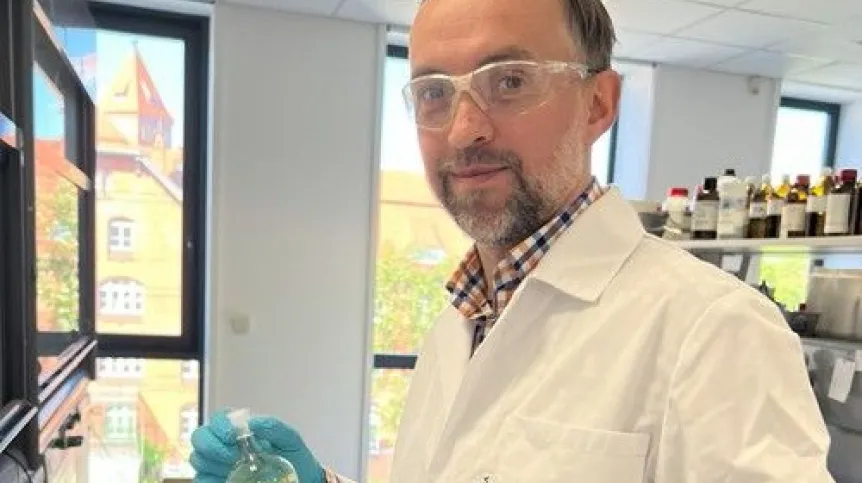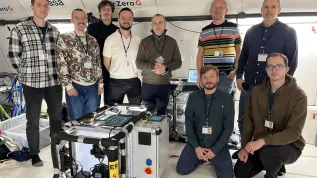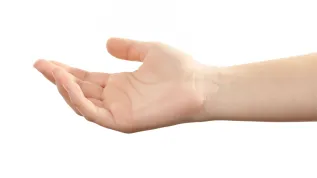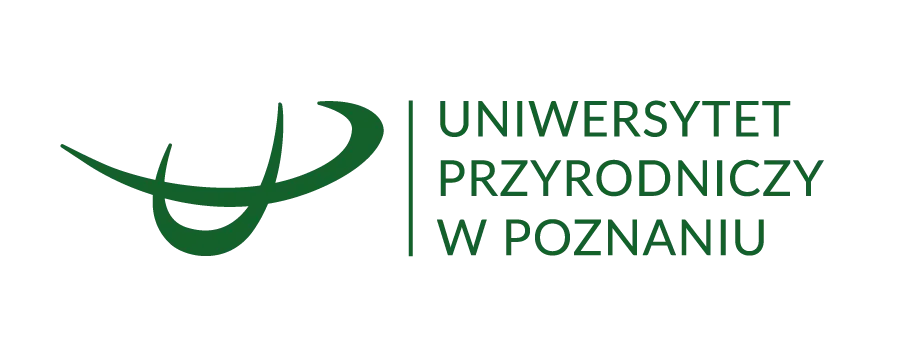
Scientists from the Wrocław-based Łukasiewicz Research Network - PORT Polish Center for Technology Development have developed loabels that react to changes in temperature and humidity. The labels can be placed on food products, medicines and electronics.
Sensor labels developed by Wrocław scientists can take the form of stickers that can be placed on food products, medicines or electronics that are sensitive to changes in humidity.
'We cover sensor labels, for example, with thermochromic dyes that change colour due to a change in temperature. When a consumer sees a specific colour on the label, they receive information whether the product has been stored at the correct temperature or not', says Bartłomiej Potaniec, PhD, head of the research team at the Wrocław-based Łukasiewicz - PORT Institute, which developed the sensor labels.
Applying other dyes to labels allows to check whether the product was transported or stored in the appropriate humidity, which is important in the case of electronics. Here, too, information for the consumer is conveyed with colours.
Potaniec points out that today 10 to 20 percent of food ends up in the trash because it has exceeded its expiration date. 'Our labels will help reduce this waste because they will provide information about the storage conditions - temperature, humidity and time. Thanks to this, the consumer will easily assess whether the product is suitable for consumption', the scientist says.
Sensor labels can be particularly attractive to the pharmaceutical industry, where the conditions in which drugs are stored are very important.
Scientists at Łukasiewicz - PORT are currently working on expanding the temperature range that can be monitored with labels. 'We have reached a level of approx. plus 50 degrees Celsius and minus 30 degrees Celsius. However, reaching minus 80 degrees Celsius is a challenge, because this is the temperature at which tissues, reagents and enzymes particularly sensitive to temperature, transported on dry ice, are stored', the scientist points out.
He adds that by expanding the measurement ranges of sensor labels will allow to be possible to quickly check whether samples of biological material transported, for example, from hospitals to laboratories were transported in the required conditions, and whether they were not damaged during transport. (PAP)
PAP - Science in Poland
pdo/ bar/













